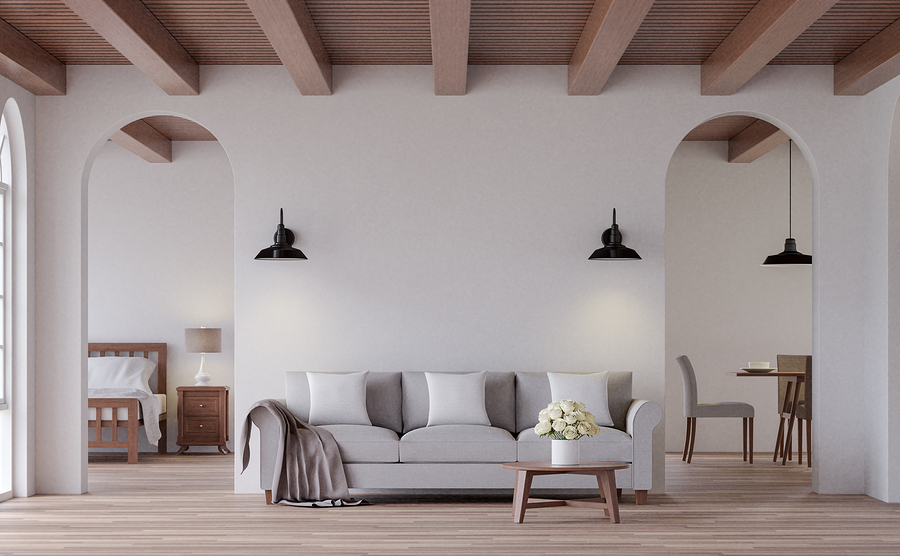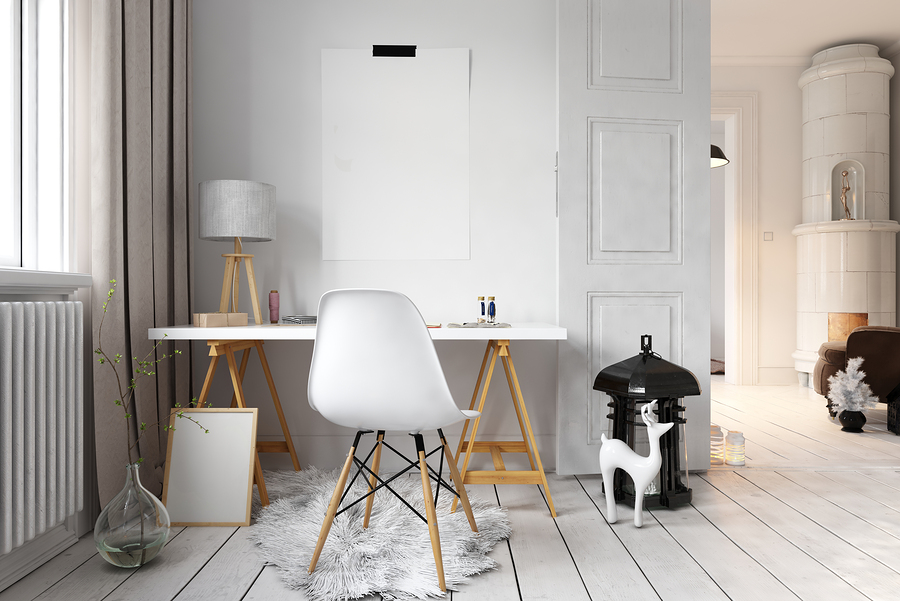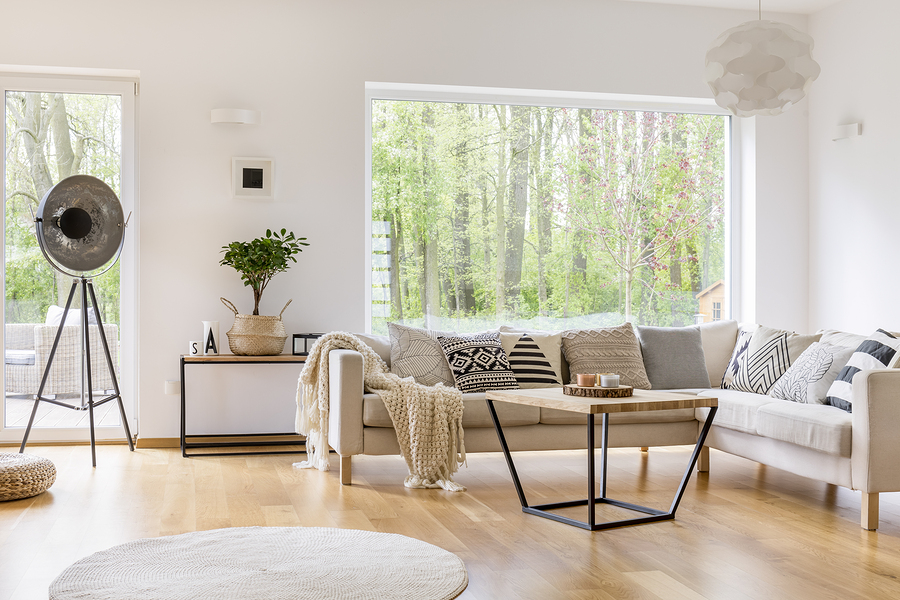Now more than ever people are beginning to turn to engineered flooring for their homes.
Whether this is kitchen flooring, living room flooring, or even bathroom flooring, the sheer range, hardiness, and versatility of engineered flooring means that it is great for any room of the home.
But why is this so?
The answer lies in its construction.
The basic structure of engineered wood flooring
Unlike solid wood flooring, which consists solely of one plank of wood, the structure of engineered flooring is far more complex.
Made up of plywood or high-density fibreboard, and consisting of anything between three and 12 layers, these layers form the base of the flooring and are cross layered, glued, and then pressed together to create an incredibly strong bond.
Generally speaking, the more layers a board has, the stronger and more durable that it will be, and this might also be where you see figures like 18/5 or 14/3.
When you see numbers such as these, it means that the boards are 18mm or 14mm thick, with the corresponding top layer being 5mm or 3mm thick.
A unique tongue and groove system is also created within some of the layers so that the floor fits easily together when it is laid.
Once this is complete, a choice of quality top layer is fitted onto the board, wherein a choice of oil or lacquer is then added for extra protection.

What makes engineered flooring so durable?
For those that are looking to install engineered wood flooring in their bathrooms or basements, one of the biggest benefits of the product is that it is so resistant to moisture.
Thanks to the intricate tongue and groove styling, alongside the many bottom layers, this means that the flooring is extremely versatile and stable, which means that even with temperature changes, buckling cannot occur.
That said, a board of more than 14mm in thickness is not recommended for underfloor heating and likewise, flooring that is thinner than 18mm should not be used for structural projects.
A floor for life
Many people worry about how long an engineered floor might last, but studies have shown that an engineered floor that is well looked after can last between 40 and 80 years.
This means that other than solid wood flooring, you are very rarely going to get a floor that will last nearly as long.
What’s more, if your floor does happen to experience a certain amount of wear and tear, it can easily be sanded and refinished.
Although sanding depends on the thickness of the top layer of the wood, re-sanding enables you to bring the floor back to life and is a great way of getting rid of stains or markings.
If you do decide to re-sand the floor it also means that it can be refinished so you can change the look of the floor every time you sand it.
If you have any questions about engineered flooring, and whether it would be suitable for a room in your home or workplace, check out our contact page for more information.



